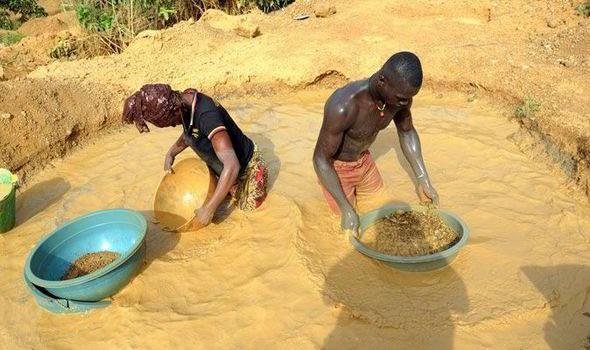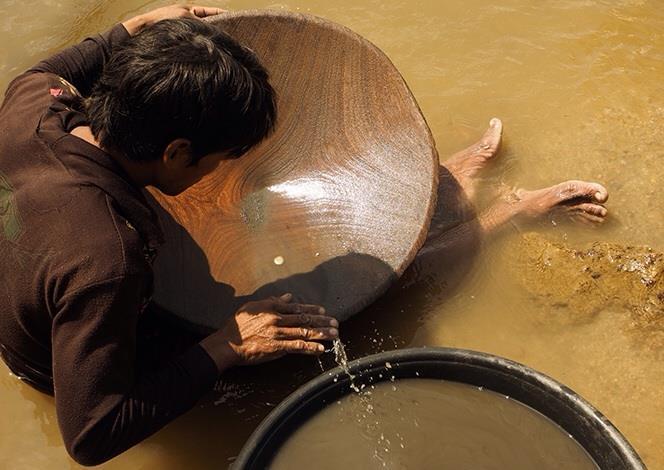- Joined
- Aug 22, 2013
- Messages
- 1,646
- Reaction score
- 1,816
This is all about the slope angle of a gold pan wall , seeing there are a lot of blokes here who know a hell of a lot more about pans then me I'd like some opinions please , is this a crock or correct ? :/ ?
GOLD PAN and the Kress hypothesis
The importance of the angle of slope of the circular wall is implicit in all US patents for gold pans, but only in the 1950s did any inventor properly examine the effect of the slope on panning performance. It was Bruce Kress who first developed a hypothesis for wall slope in 1957 in US patent #2,797,809. The Kress hypothesis might be reworded as:
The angle of inward slope of the circular wall of a gold pan should be in the range of 18 to 26 degrees; less than this and the contents of the pan are likely to remain inert, more than this and the contents of the pan are prone to collapse regardless of the size of the particles or their density.
If the Kress hypothesis is correct, then the majority of North American pans have outer walls that are much too steep for ease of efficient use. Yet thousands of recreational miners, prospectors and geologists continue to use steep-sided pans. Possibly the Kress hypothesis is erroneous; more likely the hypothesis is correct but compromised by the overriding desire of the panner to have a central flat area of maximum size to contain the maximum ore and water during the initial wetting, disaggregating and sorting. Only in the later stages of panning does the Kress hypothesis become critical, after the volume of solids and water in the pan have become greatly reduced. Tests and detailed observations are required. In the 50 years since the Kress hypothesis was propounded; more than 10 North American gold pans have been patented but all ignore it.
More info here ~ http://www.mine.mn/Gold_Pan.htm
GOLD PAN and the Kress hypothesis
The importance of the angle of slope of the circular wall is implicit in all US patents for gold pans, but only in the 1950s did any inventor properly examine the effect of the slope on panning performance. It was Bruce Kress who first developed a hypothesis for wall slope in 1957 in US patent #2,797,809. The Kress hypothesis might be reworded as:
The angle of inward slope of the circular wall of a gold pan should be in the range of 18 to 26 degrees; less than this and the contents of the pan are likely to remain inert, more than this and the contents of the pan are prone to collapse regardless of the size of the particles or their density.
If the Kress hypothesis is correct, then the majority of North American pans have outer walls that are much too steep for ease of efficient use. Yet thousands of recreational miners, prospectors and geologists continue to use steep-sided pans. Possibly the Kress hypothesis is erroneous; more likely the hypothesis is correct but compromised by the overriding desire of the panner to have a central flat area of maximum size to contain the maximum ore and water during the initial wetting, disaggregating and sorting. Only in the later stages of panning does the Kress hypothesis become critical, after the volume of solids and water in the pan have become greatly reduced. Tests and detailed observations are required. In the 50 years since the Kress hypothesis was propounded; more than 10 North American gold pans have been patented but all ignore it.
More info here ~ http://www.mine.mn/Gold_Pan.htm





